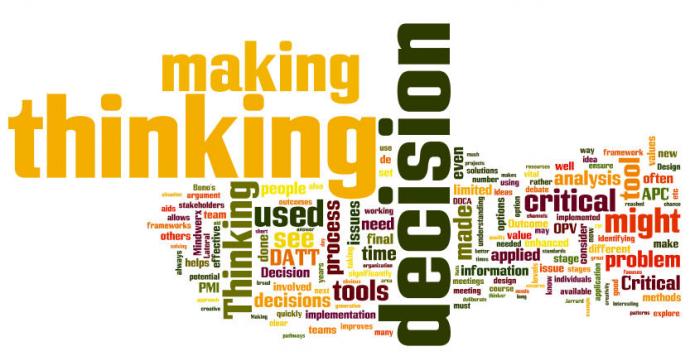
Critical Thinking is defined by the The Critical Thinking Community as that mode of thinking – about any subject, content, or problem – in which the thinker improves the quality of his or her thinking by skilfully taking charge of the structures inherent in thinking and imposing intellectual standards upon them.
This covers a very broad area of thinking and if we investigate Critical Thinking further we quickly realize that it can be applied to both specific or broad thinking challenges. In our case Mindwerx focuses our critical thinking methods, processes and tools in the area of Deliberate Creative Thinking. That is thinking that shifts perception and perspectives to open up new pathways to explore, and when you take new pathways it is possible to discover new ideas that may lead to innovative outcomes.
Unfortunately what we see a lot of when Critical Thinking is discussed is the application of traditional linear thinking, and the use of words like analysis, debate and argument. Of course analysis is a vital skill, worthy of deliberate application, but we often see methods that tend to narrow the thinking rather than broaden it – hence stifling creative thinking, and usually leading to limited decision making and even procrastination.
And while debate and argument may have some limited benefit, they are mostly exclusive, destructive and highly limiting methods for thinking and decision making. What is more they are always wasteful – taking more time, energy and resources than should be needed.
So how can Critical Thinking aid creativity and improve decision making? BusinessDictionary.com defines Decision Making as:
- The thought process of selecting a logical choice from among the available options. When trying to make a good decision, a person must weight the positives and negatives of each option, and consider all the alternatives. For effective decision making, a person must be able to forecast the outcome of each option as well, and based on all these items, determine which option is the best for that particular situation.
Based on this definition it is easy to see that debate, argument and even analysis alone will not ensure effective decision making.
And what about Complexity, does critical and creative thinking have a role to play in dealing with complexity? A quick scan on the internet will reveal there are many varied definitions and contexts for discussing complexity.
In general, complexity may characterise something with many parts in intricate arrangement, and there is much discussion around organised complexity and disorganised complexity. So to address complexity it seems we first need to appreciate it in the context of our focus.
In business, complexity may relate to the level and type of variation present in business systems and processes such as product development and placement, technologies, markets and market segments, locations, manufacturing network, customer portfolio, IT systems, organisation structures, administrative processes etc.
The issue for us to consider isn’t just complexity, but whether something is also too complicated. Sometimes we might have a complex design that simplifies customer interfaces. Other times we may see seemingly ‘simple’ messages that over complicates the communication of meaning. Complexity and complicated systems are ready targets for improvement and simplification.
So in answer to the question of the relevance of critical and creative thinking to aid in reducing complexity, the answer of course is clearly that they are vital.
What is needed is a framework of thinking that aids simplification and decision making processes. Decisions are made by individuals on the go, sometimes under pressure; by teams working on projects, problems and tasks; by senior executives with all available information and by people at all levels with limited information. So what critical thinking frameworks might help in all these situations?
The answer of course is that there are a number that might be used. For large projects with multi-million dollar budgets I have applied rigorous methodologies like Method One and Kepner Tregoe. More flexible and creative approaches come from the Creative Problem Solving Institute (CPSI) or simple frameworks such as Edward de Bono’s Six Thinking Hats or Lateral Thinking can be very helpful. And of course there are many other thinking tools that might be used within these frameworks.
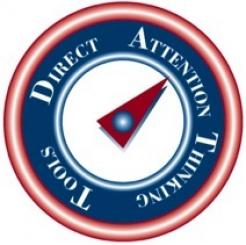 But perhaps the simplest (used by millions of Primary school children, as well as Boards of Management in global companies) framework for effective critical thinking, simplification, and decision making is Edward de Bono’s DATT – Direct Attention Thinking Tools, which has been used for more than 40 years around the world.
But perhaps the simplest (used by millions of Primary school children, as well as Boards of Management in global companies) framework for effective critical thinking, simplification, and decision making is Edward de Bono’s DATT – Direct Attention Thinking Tools, which has been used for more than 40 years around the world.
DATT is a critical thinking framework with a set of 10 thinking tools, that when combined into thinking patterns allows for highly effective thinking and decision making by individuals and groups. Reflecting on the definition of decision making above, let’s see how DATT works:
AGO – Aims Goals Objectives is a tool to ensure that the long, medium and short terms goals are clarified and considered during the thinking and in decision making. When an individual or team has this clarity their Focus is stronger, keeping them on track, helps to separate and prioritize complex issues, and makes us more confident in the decisions made. At a broader level when a CEO or Senior Management Team has done an AGO to clearly articulate and deploy the purpose and goals of the organization, the focus of the entire workforce is enhanced and decision making is more easily empowered through all areas.
FIP – First Important Priorities has two valuable applications. At the beginning of the thinking it aids in separating and prioritizing issues – what must be done first, what depends on what, where do the priorities lie? And later when planning decision implementation it is applied again to set the order of action steps – this allows greater prediction of outcomes as well. For urgent issues made under pressure a quick FIP can speed decision making, while also ensuring better results.
RAD – Recognize Analyze Divide aids in understanding a challenge so an approach to resolving it can be better mapped out. Often we recognize a problem and know exactly how to approach it, but when we don’t, we need to analyze it by looking for patterns and trends that reveal the issues, but when that isn’t enough we might divide or break the problem up to see its parts and address it on multiple fronts.
CAF – Consider All Factors is an excellent tool to thoroughly gather all relevant information on an issue – vital to good analysis. By understanding the categories of factors involved in an issue, and identifying all the specifics within each category, the thinking is enhanced, options opened up, and decision making is more robust. While many people prefer not to dig to deep and would rather make ‘gut’ decisions because it is fast and easy, the risk is obvious. CAF helps overcome this.
OPV – Other People’s Views is another great tool that can be used at different places in a problem solving and decision making process. Initially we might do an OPV on the issues at hand – how do different stakeholders see the problem? As we develop ideas to solve a problem we might consider each potential solution from the standpoint of other people impacted by it. Lastly when implementing chosen solutions we might do an OPV to clarify the role and impact the decision while have on others involved. How often have decision been made that have negatively impacted others – that is if we ever even know about those impacts? This is a critical decision making tool.
C&S – Consequence and Sequel is another vital decision making tool that has value at different stages of the critical thinking process. In considering a problem we might do a C&S to assess what might transpire if the issue is left unattended. As ideas and potential solutions develop we would consider the impact they might have over the short, medium and long term. At the implementation stage a C&S done in partnership with stakeholders (OPV) ensures they are fully aware of impacts and involved in decisions being made. This is at good way to anticipate and prevent problems – either initially in the workplace or when implementing changes.
APC – Alternatives Possibilities Choices can be used is a number of ways. To resolve issues quickly when time, resources and information are limited an APC ensures that options are considered, rather than jumping to obvious ‘fixes’. When more time is available and exploration and analysis has been done, an APC is the tool for idea generation and can be made stronger using a wide variety of idea generation tools – Brainstorming, Lateral thinking, SCAMPER, Idea Box, etc. Even as we near final decision making stages, revisiting options with an APC can be very valuable to engage others who may not have been involved throughout the thinking process. APC helps teams create and seize opportunities for improvement, and when combined with other DATT tools, such as PMI and DOCA (below), APC helps us make timely decisions that balance desired outcomes with current realities.
PMI – Plus Minus Interesting allows much more than a simple weighing up of positives and negatives, which is limited and too often the only method used by decision makers. PMI can be used in the discovery stage of situation analysis to see what is working, of value, and still strong; to reveal what is not working, is wasteful, or is weakening the process. But the best part of the PMI is to look at what is Interesting – what is unusual, strange or stands-out; what would be interesting to know, see, try etc; what else interests us or others about what is happening. We might even do a PMI on potential solutions or implementation plans to ensure more robust decision making.
KVI – Key Values Involved is perhaps the most important of the decision making tools. After all the analysis and consideration of pluses, minuses, consequences and sequels, alternatives, possibilities and choices it all comes down to values. What do each of the stakeholders value most? What values need to be accentuated, which need to be avoided (there are negative and positive values in play almost all the time)? What value systems are being affected. A clear understanding of key values provides great guidance on final decision making.
DOCA – Decision/Design Outcome Channel Actions is a fantastic tool used at the end of a critical thinking process. Too often individuals and teams undertake considerable thinking only to be let down by a lack of action at the end. Sometimes decisions are even made, but never get implemented – how much time do we see wasted in meetings every day? DOCA is a staged tool – first we ask if a Decision has been made or a Design agreed? If the answer is no not yet (which is very common) the next stage is to identify what Outcome has been reached – which many times is an interim step in the thinking. For example in a team meeting a final decision or design has not been reached, but the outcome of the meeting is a clarification of where the team is at now, and what is needed next. In any thinking activity, by an individual or at a team meeting, there is always a Decision, Design or Outcome that should be identified and understood – failure to do this leads to significant frustration with meetings, procrastination, and even conflict.
However once we have clarified the Decision, Design or Outcome, the next stage is to explore what needs to be done to progress it. This involves identifying the Channels a decision might need to follow to be successfully implemented. Too often decisions are made and not implemented because of unanticipated blocks. Does a decision or design need to be reviewed and approved by any internal or external parties (regulators, Finance, IT, Audit, Board etc)? By identifying the channels a decision needs to follow, the chance of a successful final approval and implementation is significantly enhanced. Finally when your decisions are clear and channels are understood, Actions can now be articulated and taken.
The ten DATT tools provide us with a thorough and complete set of critical thinking tools that aid decision making. Clearly we don’t need to always use all ten tools, the aim is to consider the issue at hand and deliberately design your thinking plan. Tools can be used multiple times at different stages of the thinking, with less or greater rigour as appropriate. When used in teams the principle of Parallel Thinking is also applied – that is everyone focuses using the same tool at the same time.
When applied in a thoughtful and deliberate way, DATT is a perfect example of how the thinker ‘improves the quality of his or her thinking by skilfully taking charge of the structures inherent in thinking and imposing intellectual standards upon them (ref The Critical Thinking Community). It is also clear that decision making is thoughtful, balanced and significantly enhanced – while the parallel nature of the thinking process makes decision making faster, with less time wasted in meetings.
When applied across an organization DATT can become part of the ‘language‘ used by people at all levels, and we see it used almost automatically each day. That is why de Bono chose acronyms for each tool – it is easier to says ‘let’s do a quick OPV and C&S on that idea before we make a final decision’ than to use the full set of words. And it is amazing how quickly people pick up this new way of thinking.
I have been using DATT and other critical thinking tools personally and in client facilitations for more than twelve years now, while techniques such as Six Thinking Hats, Lateral Thinking and Mind Maps have been in my toolkit for more than 25 years. The application of critical thinking for creativity, problem solving and decision making significantly improves the chance of success and can empower people at all levels.
Mindwerx has a number of in-house and public courses on critical thinking and de Bono’s methods, as well as several Online Academy programs. If you want more information on these explore our website and email me anytime at bill@mindwerx.com.




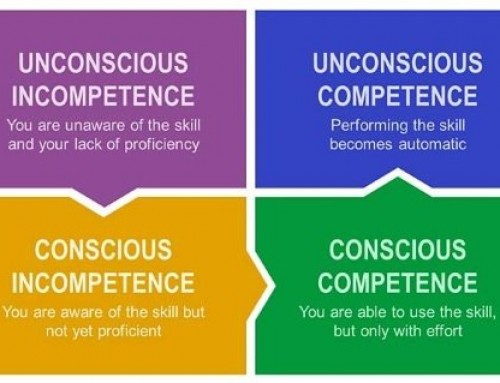
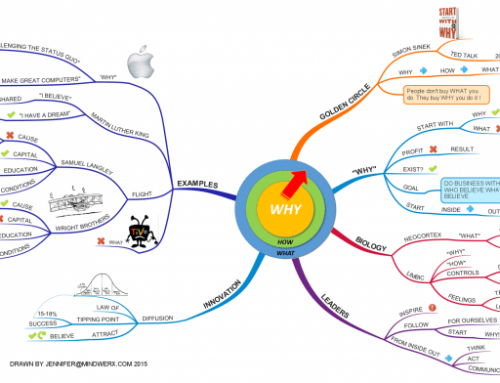
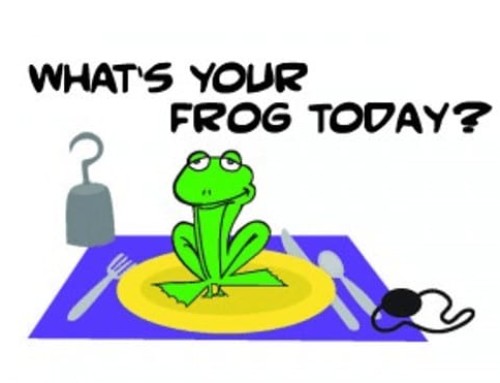
Leave A Comment
You must be logged in to post a comment.